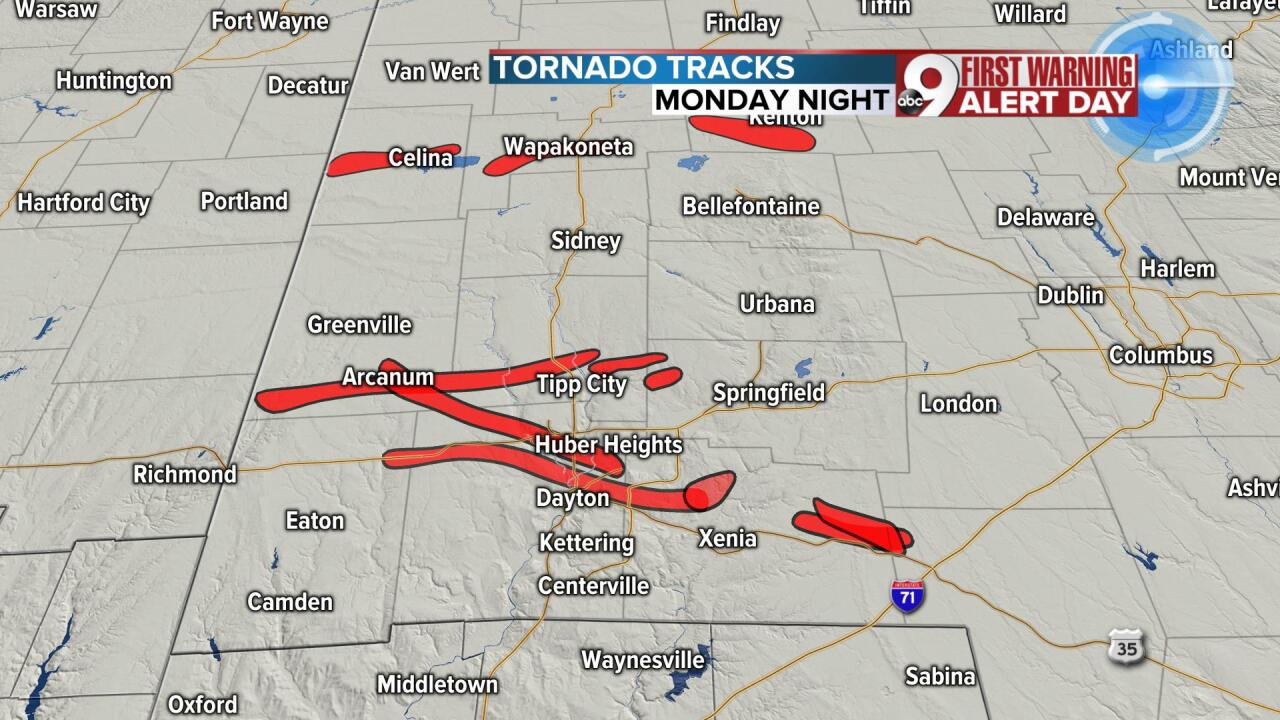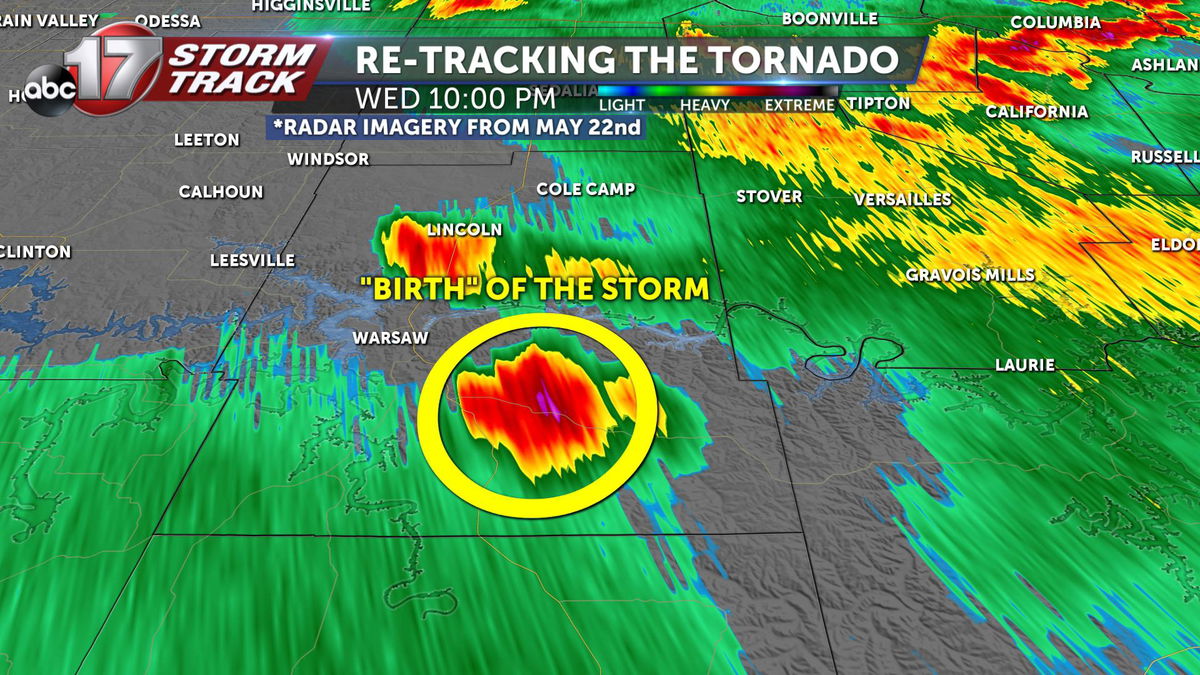Tornado Formation and Characteristics: Tornado Tracker

Tornadoes are mesmerizing yet destructive forces of nature that can cause widespread devastation. Understanding their formation and characteristics is crucial for effective prediction and mitigation strategies.
Tornadoes form when specific atmospheric conditions align, creating an unstable environment. These conditions include:
– Strong updrafts and downdrafts: Warm, moist air rises rapidly, creating an updraft. As the air rises, it cools and condenses, releasing energy that intensifies the updraft. Simultaneously, cooler, denser air descends as a downdraft, creating a circulation pattern.
– Vertical wind shear: Differing wind speeds and directions at different altitudes cause the updraft to tilt horizontally, creating a rotating column of air.
– Sufficient moisture: Abundant moisture in the atmosphere provides the necessary water vapor for condensation and energy release.
– Conditional instability: A layer of warm air trapped below a layer of cooler air creates an unstable atmosphere, allowing updrafts to develop and persist.
Different types of tornadoes exist, each with its distinctive features:
– Supercell tornadoes: These are the most powerful and long-lived tornadoes, associated with supercell thunderstorms. They have a rotating updraft known as a mesocyclone and can produce large hail, damaging winds, and multiple tornadoes.
– Nonsupercell tornadoes: These are weaker and shorter-lived tornadoes that form outside of supercell thunderstorms. They are often associated with squall lines and can cause significant damage despite their smaller size.
To measure tornado intensity and damage, various scales are used:
– Enhanced Fujita Scale (EF Scale): This scale rates tornadoes based on the damage they cause to structures and vegetation. It ranges from EF0 (weakest) to EF5 (strongest).
– Tornado Intensity Scale (TIS): This scale measures tornado intensity based on wind speed estimates and radar data. It ranges from T0 (weakest) to T11 (strongest).
Understanding tornado formation and characteristics is essential for early detection, warning systems, and community preparedness. By recognizing the atmospheric conditions that foster tornadoes and the different types and intensity scales, we can enhance our ability to mitigate their devastating impacts.
Tornado Tracking and Forecasting

Tornado tracker – Tornado tracking and forecasting are crucial for protecting lives and property. Advancements in technology have significantly improved our ability to detect, track, and forecast tornadoes, but challenges and limitations remain.
Methods of Tornado Tracking, Tornado tracker
Various methods are employed to track tornadoes, each with its advantages and limitations:
- Radar: Doppler radar detects tornadoes by measuring wind speed and direction. It provides real-time data but can be affected by terrain and distance.
- Satellite Imagery: Satellite images can identify cloud patterns associated with tornadoes, but they lack real-time accuracy.
- Spotter Networks: Trained spotters report tornado sightings, providing valuable ground-level observations.
Challenges and Limitations of Tornado Forecasting
Despite advancements, tornado forecasting faces challenges:
- Short Lead Times: Tornadoes can form and dissipate rapidly, leaving little time for warnings.
- False Positives: Not all radar signatures or cloud patterns indicate tornadoes, leading to false alarms.
- Terrain and Obstructions: Buildings and trees can block radar signals, hindering tornado detection.
Tornado Warning Systems
Tornado warning systems are crucial for public safety:
- National Weather Service (NWS): Issues tornado warnings based on radar and spotter reports.
- NOAA Weather Radio: Transmits continuous weather information, including tornado warnings.
- Mobile Phone Alerts: Provide warnings directly to mobile devices.
The effectiveness of warning systems depends on factors such as warning accuracy, lead time, and public awareness.
As a tornado tracker, I rely heavily on the louisville weather radar to monitor storm patterns and predict their trajectory. This invaluable tool allows me to anticipate the path of potential tornadoes, enabling me to issue timely warnings and help communities prepare for the worst.
The radar’s advanced technology provides real-time updates, empowering me to track the storm’s progress and guide emergency responders to areas most at risk.
As nature’s dance of destruction, tornadoes have long eluded precise prediction. But with the advent of tornado trackers , we now have a glimpse into the heart of these storms. These devices, armed with advanced technology, tirelessly track the elusive path of tornadoes, giving us precious moments to prepare and seek refuge.
Tornado trackers, our vigilant sentinels against the wrath of nature, empower us to face the storm with a glimmer of hope.